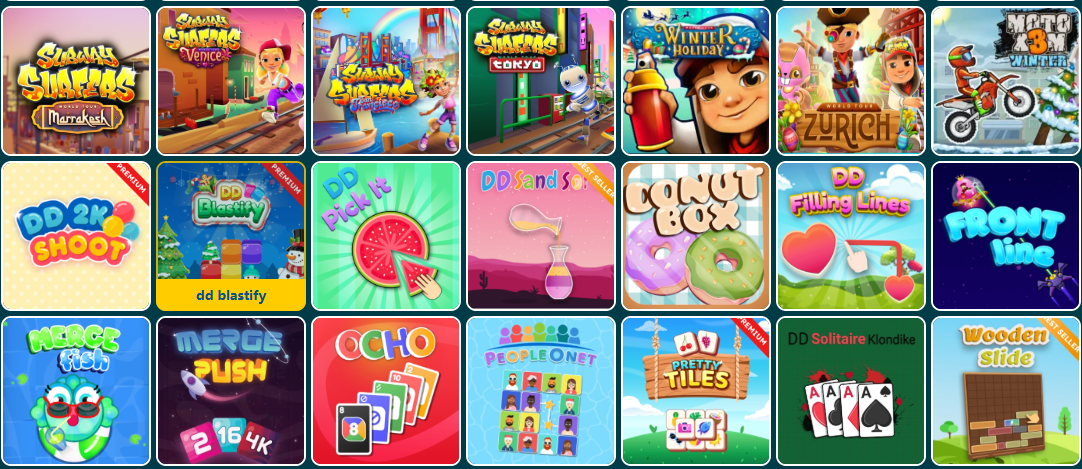Mastering SDL2 Game Development: Common Questions and Essential Insights
Content:
SDL2 (Simple DirectMedia Layer) is a powerful crossplatform development library that enables developers to create games and multimedia applications efficiently. Whether youre a beginner or an experienced programmer, understanding the nuances of SDL2 can streamline your game development process. Below, we explore common questions around SDL2 game development and share valuable insights to help you succeed.
1. What is SDL2, and Why Use It for Game Development?
SDL2 is an opensource library that provides lowlevel access to audio, keyboard, mouse, game controller, and graphics hardware. It supports multiple platforms, including Windows, macOS, and Linux, making it ideal for crossplatform game development.
Why Use SDL2?
ghtforward API, reducing the complexity of handling multimedia tasks.
Performance: It’s optimized for speed, ensuring smooth rendering and input handling.
Community Support: With a large developer community, finding resources and solutions is easier.
2. How Do I Get Started with SDL2 Game Development?
To begin, you’ll need to install SDL2 and set up a development environment. Here’s a quick guide:
1. Install SDL2: Download the library from the [official SDL2 website](https://www.libsdl.org/).
2. Create a Project: Use a code editor like Visual Studio, VS Code, or Godot.
3. Write Your First SDL2 Program: Start with a basic window example to ensure everything is working.
Example Code Snippet:
“`c

#include
n(int argc, char* argv[]) {
SDL_Init(SDL_INIT_VIDEO);
SDL_Window* window = SDL_CreateWindow(My SDL2 Game, SDL_WINDOWPOS_CENTERED, SDL_WINDOWPOS_CENTERED, 800, 600, SDL_WINDOW_SHOWN);
SDL_Renderer* renderer = SDL_CreateRenderer(window, 1, SDL_RENDERER_ACCELERATED);
SDL_SetRenderDrawColor(renderer, 255, 0, 0, 255);
SDL_RenderClear(renderer);
SDL_RenderPresent(renderer);
SDL_Delay(3000);
SDL_DestroyWindow(window);
SDL_Quit();
return 0;
}
“`
3. How Can I Handle User Input in SDL2?
SDL2 provides robust input handling for keyboard, mouse, and game controllers. To capture input events, you’ll use the `SDL_Event` structure.
Example: Detecting Key Presses
“`c
SDL_Event e;
while (SDL_PollEvent(&e) != 0) {
if (e.type == SDL_KEYDOWN) {
if (e.key.keysym.sym == SDLK_SPACE) {
printf(Space key ssed!\n);
}
}
}
“`
4. What About Rendering Graphics in SDL2?
SDL2 supports 2D rendering using the `SDL_Renderer` interface. You can draw rectangles, lines, and load textures for more advanced graphics.
Example: Drawing a Circle
“`c
void drawCircle(SDL_Renderer* renderer, int x, int y, int radius) {
for (int w = 0; w < radius * 2; w ) {
for (int h = 0; h < radius * 2; h ) {
int dx = w radius;
int dy = h radius;
if ((dx * dx dy * dy) <= (radius * radius)) {
SDL_RenderDrawPoint(renderer, x dx, y dy);
}
}
}
}
“`
5. How Do I Share My SDL2 Game with Others?
ghtforward. Once completed, package your project as an executable and distribute it via platforms like Steam, itch.io, or GitHub.
Sharing Tips:
Documentation: Include a README file with setup instructions.
Assets: Ensure all assets (images, sounds) are properly licensed.
Feedback: Engage with your audience for improvements.
Conclusion
SDL2 simplifies game development by providing a versatile and efficient framework. By addressing common questions and sharing practical insights, you can leverage SDL2 to create engaging games. Whether you’re a beginner or an expert, SDL2’s flexibility makes it a top choice for developers worldwide.
Happy coding! 🚀

